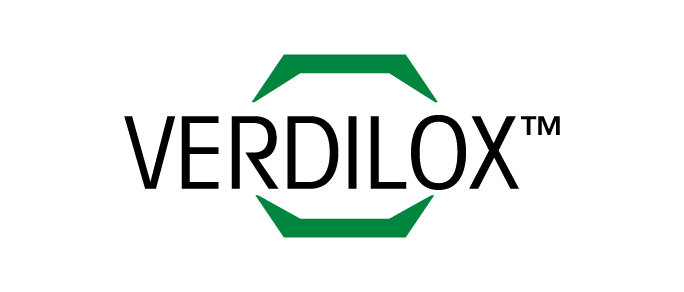As we introduce more options for natural ingredients with antioxidant activity in pet food and rendering, our customers have asked for more information on how these botanical extracts work. Today, we’re going to dig into the science behind rosemary and olive extracts.
European Food Safety Authority Approves Rosemary Extract as a Pet Food Additive
Botanical extracts are natural ingredients that contain a diverse group of polyphenol molecules. Some are well known for their endogenous and exogenous antioxidant abilities.
Until recently, in the European Union's regulatory framework for feed and pet food only mixed-i However, in response to the European Food Safety Authority’s (EFSA) 2022 Scientific Opinion, the European Commission has now approved rosemary extract as a feed additive for cats and dogs, in the category of antioxidants. 2
Here, we will focus on the exogenous antioxidant capacity of rosemary and olive extracts and the primary reaction mechanism of their main active molecules with the highest potential antioxidant activity.
Rosemary Extract: Enhancing Antioxidant Activity in Pet Food
Rosemary extract contains different diterpene molecules with antioxidant activity, from these, the one with the highest antioxidant effect is carnosic acid. Other molecules such as carnosol, rosmanol, or epirosmanol also have antioxidant capacities, but less significant than carnosic acid. The reason for that is that all the above are decomposition products of carnosic acid, as we will see while explaining the simplified chemical reaction mechanisms.
Oxygen Scavenger Mechanism in Rosemary Extract
To prevent oxidation rosemary extract, or specifically carnosic acid, can scavenge singlet oxygen, an excited form of oxygen, and free radicals. While doing this carnosic acid will oxidize to form a carnosic acid quinone that will be transformed into carnosol. The carnosol molecule can be futher oxidized and transformed into epirosmanol or rosmanol, depending on the stereochemistry of the reaction.3 This is often referred to as a cascade reaction. See Figure 1 below.







